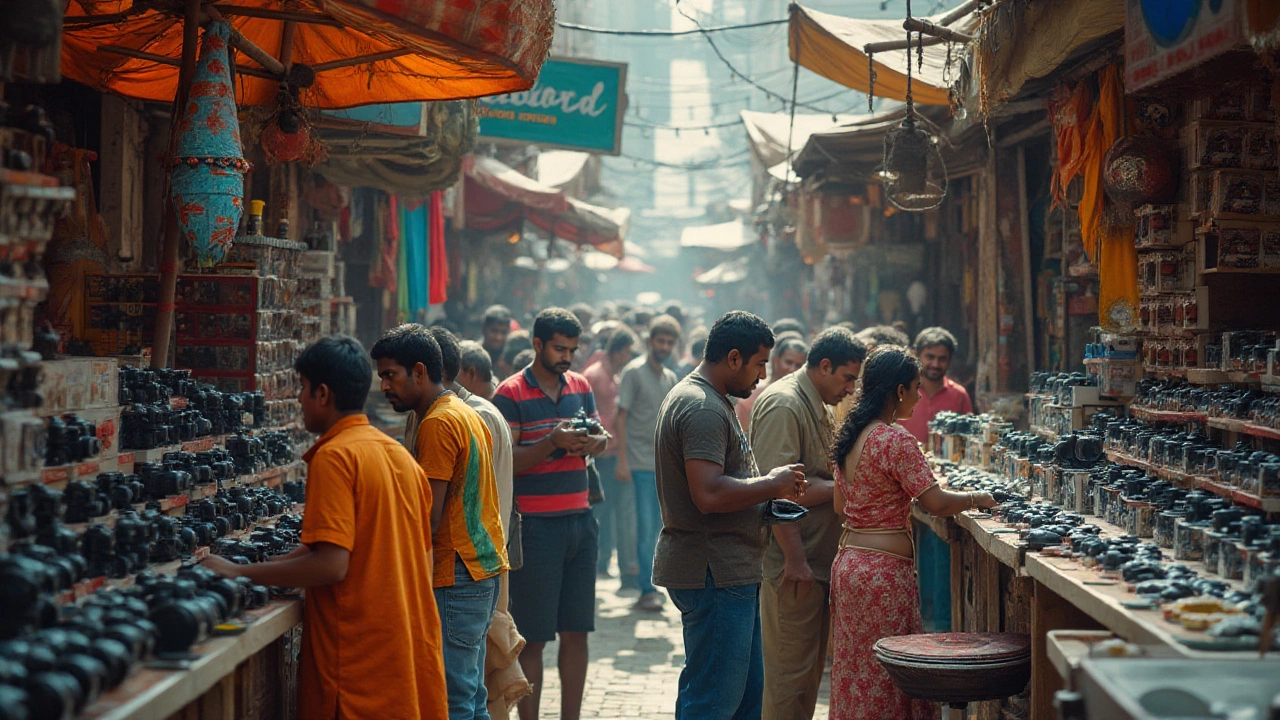Expensive Cameras: Which High‑End Models Actually Deliver?
If you’ve ever walked into a camera shop and seen a body with a price tag over $5,000, you probably wondered if it’s just a status symbol or a real tool for better shots. The short answer: the most expensive cameras usually bring something extra—whether it’s insane resolution, superb low‑light performance, or rugged build quality. Below, we break down the main categories, what you get for the cash, and who should really consider splurging.
Flagship DSLRs and Mirrorless: The Classic Powerhouses
At the top of the DSLR line, you’ll find models like the Canon EOS‑1D X Mark III and Nikon D6. These beasts cost $6,000‑$7,000 for the body alone. Their advantages are fast autofocus, excellent durability, and a massive selection of lenses built over decades. If you shoot sports, wildlife, or need a camera that can survive harsh conditions, the price can be justified.
Mirrorless has taken the lead in recent years. Sony’s Alpha 1, Canon R5, and Nikon Z9 all sit in the $8,000‑$12,000 range (with lenses). They pack 45‑50 MP sensors, 8K video, and eye‑detect AF that works on both people and animals. The biggest win? They’re lighter than comparable DSLRs, which helps on long shoots.
Medium‑Format and Specialty Cameras: The Ultra‑Premium Zone
When you cross into medium‑format, you’re looking at cameras like the Hasselblad X1 D II (around $14,000) or the Fujifilm GFX 100S ($6,000). These deliver 100 MP or more, which means you can print billboard‑size images without losing detail. The trade‑off is larger file sizes, slower burst rates, and a need for high‑end lenses that also cost a fortune.
Specialty cameras—think phase‑one backs or digital cinema cams—can exceed $30,000. They’re built for commercial advertising, fine art, or high‑budget film work. Unless you’re making a living from ultra‑high‑resolution stills or cinema, they’re overkill for most hobbyists.
So, who should actually buy an expensive camera? If you’re a professional whose income depends on delivering the highest image quality—wedding photographers, fashion shooters, or commercial advertisers—investing in a flagship body often pays off. For enthusiasts, a mid‑range mirrorless (like the Sony A7 IV at $2,500) usually offers more than enough performance without breaking the bank.
Keep these tips in mind before you spend a fortune:
- Define your need. Do you need 100 MP, 8K video, or just reliable autofocus?
- Factor in lenses. A $6,000 body plus $3,000 lenses can double the cost.
- Consider future upgrades. Buying a high‑end body now may save you from needing a new camera in a few years.
- Rent before you buy. Trying a $10,000 camera for a week can reveal whether you truly need it.
In the end, the most expensive camera isn’t always the best fit for you. Focus on the features that matter for your work, budget for lenses and accessories, and you’ll get the most value out of any purchase.
